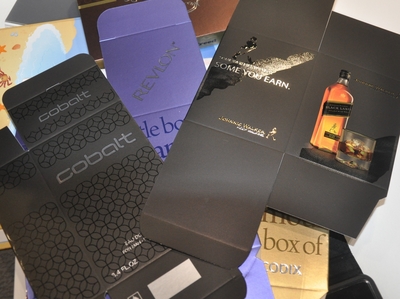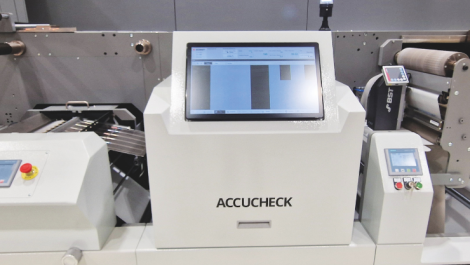Israeli company Scodix produces a range of inkjet-based coating machines that produces decorative and tactile digital coatings, a function it calls ‘Print enhancement’. The company recently reported its one hundredth installation. By Sean Smyth.
Having first introduced its range of specialised coating machines which provide digital embellishment by laying down a variable thickness of UV curable fluids in 2011, Scodix has since brought to market several new models that move beyond the initial digital embossing capabilities.
For packaging, the company provides digital braille capability as well as allowing eye-catching decorative capabilities for high value items and cosmetics. There are also opportunities to personalise packs to add value for special and one-off products.
The range of models include the S Series, Ultra and Rainbow Stations that provide the Scodix Sense results, with installations in America, Europe, the Middle East, Asia and Africa. The company’s aim is to lead print enhancement and provide real brand differentiation for printers and converters, with three installations at carton producers. It also reports some of the commercial users do provide short run cartons. The larger sized Scodix Ultra Digital Enhancement Press was launched at Ipex and is claimed to be the fastest high quality and most accurate digital enhancement press with a speed of 1,250 sheets per hour.
The fluids are modified acrylic varnishes, with silicone-based additives at levels of 0.1-0.5%, to UV curing varnishes by weight. The silicones, polymerised siloxanes or polysiloxanes, modify the surface tension on partially cured varnish allowing multiple layers to coalesce effectively to make thick films. Multiple layers can be printed in position with the Scodix Variable Density allowing variable polymer thickness in a single pass.
The fluids are usually defined as a separate layer in the digital file and there are tools available to specify regions that should be overprinted. There is very accurate registration to print as each sheet can be rotated, scaled and positioned under the heads. The sheet is fed onto a vacuum bed and a camera verification system checks four printed corner marks and adjusts the fluid jetting position to ensure the image to coating placement is accurate. The heads deliver the fluids at a resolution of 450 dpi on to the moving sheet and there is an optimal time to allow the fluid to spread and achieve the gloss level prior to the final cure.
The cost of the machines varies from some £300,000 to £600,000 depending on the model. The machine always runs at 1,250 B2 sheets per hour, irrespective of coverage. The consumables (varnish and cleaning fluids) are sold by weight, and with a typical coverage of 7%, the average consumable cost comes out at 2 to 3 pence.
Scodix says the technology opens doors for the users, differentiating them form other printers to add value. It sees folding cartons as the next step, with sheets up to 670 gsm handled. This short run enhancement in packaging is adding value, although food applications are not targeted.
At Ipex, Kobi Bar, CEO and co-founder, commented, ‘We are demonstrating the clear advantages made possible by the Scodix Ultra Digital Enhancement Press. All print production sectors including luxury goods packaging can be transformed, creating truly memorable results. Many attendees will be looking for ways to differentiate their service offering to their customers. Scodix delivers a cost effective and efficient way for them to expand their capabilities, add value and create new conversations. The highly visual tactile enhancements it makes possible are another way to engage end-user senses and make them interact with the final piece of print in a new way. This recognition helps support brand awareness, consumer assurance and shelf short for packaging.’






